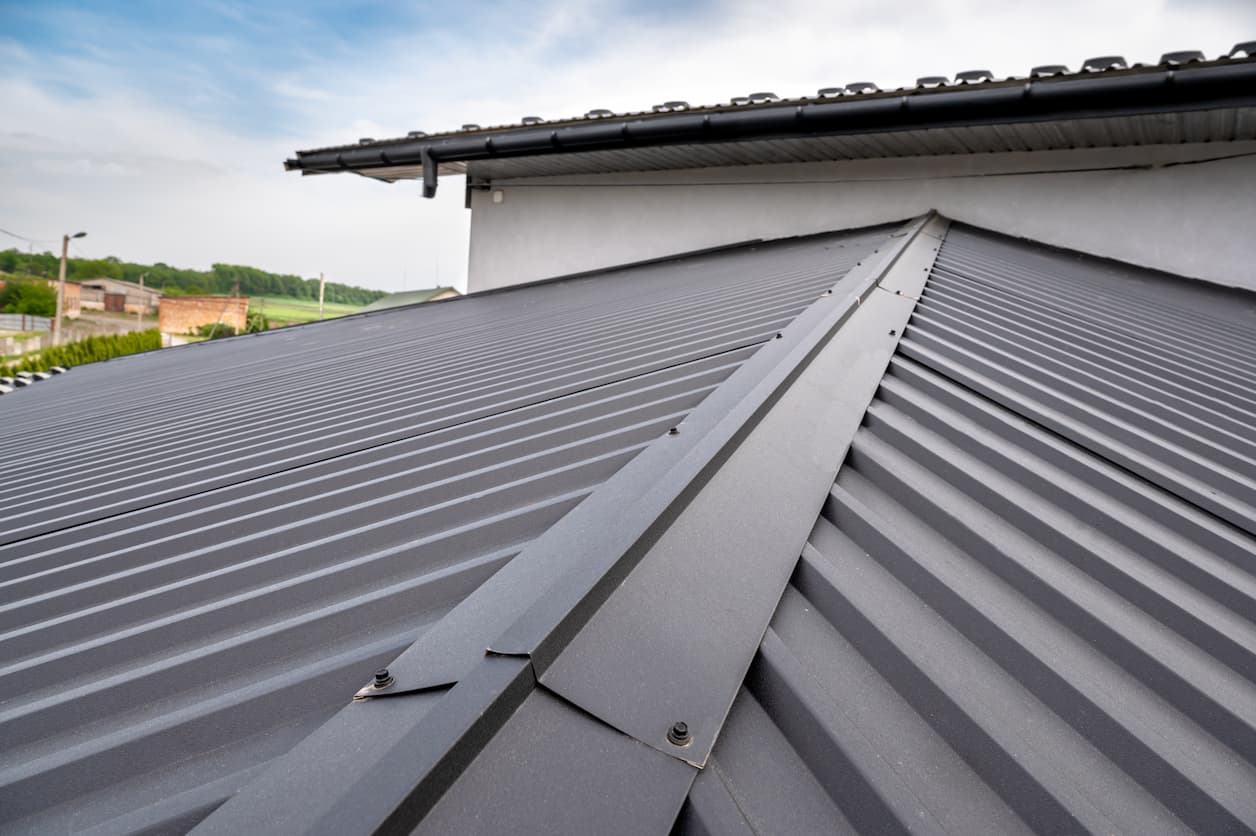Understanding Metal Roofs and Shingles
When it comes to the intersection of home improvements and sustainability, many homeowners often wonder if they can install a metal roof over existing shingles. This conservation-friendly method reduces waste and expense by eliminating the need to remove old roofing material first. However, there are some significant considerations to take into account before making this decision.
The Pros and Cons of Installing a Metal Roof Over Shingles
One of the primary advantages of installing a metal roof over shingles is the reduction of debris during construction. You’re also saving landfill space and reducing waste. Moreover, metal roofs offer exceptional longevity, durability, and energy efficiency, leading to potential cost savings down the line.
Nonetheless, this approach also has its drawbacks. The existing shingles could hide underlying issues like rot or mold, which could worsen over time under a new metal roof. Additionally, the extra weight of a metal roof on top of shingles could stress your home’s structure, particularly if it’s an older building..
Important Factors to Consider When Overlaying a Metal Roof on Shingles
The question of whether you can install a metal roof over shingles is not a straightforward one. While it is technically possible to overlay a metal roof on shingles, there are several important factors to consider that can help inform your decision. Some of these factors include the condition of the existing roof, local building codes, and potential moisture issues.
Evaluating the Existing Roof Condition
Before deciding to install a metal roof over an existing shingle roof, it is critical to assess the condition of the current roof. If your shingle roof is significantly damaged, sagging, or has several layers, it may not be the best substrate for a new metal roof. An expert inspection can help determine if the existing shingles provide a stable base for the metal roofing panels.
Understanding Local Building Codes
Local building codes can significantly impact your decision to install a metal roof over shingles. Some jurisdictions allow this practice, while others strictly prohibit it due to concerns about the weight load on the structure and fire safety measures. Before proceeding, check with your local building department or hire a professional roofer who is familiar with the building codes in your area.
Considering Moisture Issues
Potential moisture issues are another critical factor to consider. While metal roofs are typically more resistant to moisture than shingles, installing metal roofing over existing shingles may trap moisture between the two layers. This trapped moisture can lead to mold growth and wood rot. A properly installed vapor barrier or ventilation system can help mitigate these issues.
Installation Guide for Metal Roof Over Shingles
If your existing roof is in good condition, local codes permit it, and moisture issues have been addressed, you may proceed with installing a metal roof over shingles. Here are some general steps:
- Remove any damaged or loose shingles.
- Install a suitable underlayment to protect against moisture.
- Begin installing the metal roofing panels at the edge of the roof and work your way up.
- Secure each panel with screws specifically designed for metal roofing.
- Seal all joints with a high-quality sealant to prevent leaks.
While these steps make the process seem quite simple, keep in mind that installing a metal roof is a significant project that requires special skills and tools. It is strongly recommended to have professionals conduct the installation to ensure it’s carried out correctly and safely.
Remember that every situation is unique. Consider hiring a roofing professional who can assess your individual circumstances and provide personalized advice. They can also offer you peace of mind by ensuring the installation is up to code, which is essential for insurance purposes and resale value.

